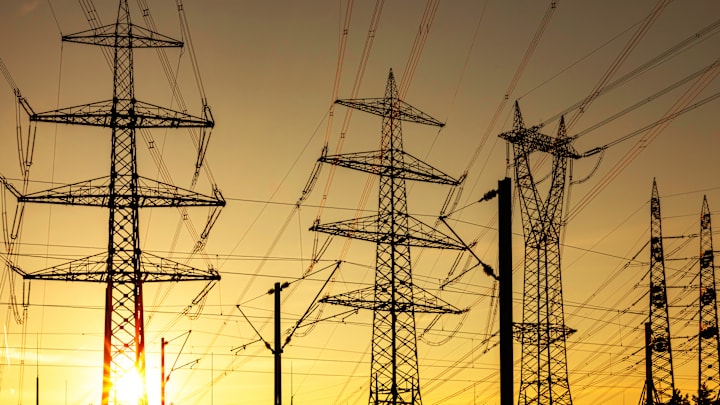Summer’s here, and though it’s a pretty fantastic time of year if you enjoy cookouts, drive-ins, and afternoons at the beach, it isn’t without its problems. From sunburns and heatstroke to bug bites and days so hot your skin sticks to the couch, the summer season can lead to some big issues, too.
One of those is power outages. As the mercury rises, more and more people across the U.S. tend to turn on their air conditioning units, and the grid sometimes struggles to cope with the higher demand for electricity. While the North American Electric Reliability Corporation (NERC) is confident that all regions of the country have “adequate supply for normal peak load,” the agency’s 2024 Summer Reliability Assessment [PDF] does highlight that there are 25 states with an elevated risk of losing power between June and September.
This is hardly small news, considering what it really means: power outages could affect roughly half the country. Below, in alphabetical order, are the states that experts say are most likely to be impacted:
- Arizona
- Arkansas
- California
- Connecticut
- Illinois
- Indiana
- Iowa
- Kentucky
- Louisiana
- Maine
- Massachusetts
- Michigan
- Minnesota
- Mississippi
- Missouri
- Montana
- New Hampshire
- New Mexico
- Nevada
- North Dakota
- Rhode Island
- South Dakota
- Texas
- Vermont
- Wisconsin
Unsurprisingly, southwestern states like Arizona and New Mexico are at risk, while areas in the South, such as Louisiana and Kentucky, could be equally affected. New England states, including Massachusetts and New Hampshire, may experience an uptick in power outages as well as the season progresses.
But as anxiety-inducing as it sounds, there’s no need to panic or set off alarms. Even if your home state is on the list, there are still things you can do to prepare for a blackout ahead of time so the overall experience is less stressful.
What to Do During a Power Outage
You can track power outages across the U.S. using sites like PowerOutage.us or USA Today’s custom tacker, and even monitor the status of an existing one directly via suppliers like National Grid. Buying either a portable or standby generator can be another way to gain peace of mind. However, those units are usually a huge investment in terms of money and space, and not something that everyone can easily manage (especially those who are still renting).
An emergency kit with essentials like water, flashlights, canned food, medications, a portable battery pack, and even a wind-up radio—yep, old school—can be invaluable in a blackout situation and nowhere near as cost-prohibitive as a generator. Most power outages are fairly short, too, so even if you don’t need to use everything in your kit, it doesn’t hurt to have those supplies on hand in the event of other emergencies.
According to Ready.gov, unplugging electronic devices (so that any surge in power when it comes back on doesn’t fry them), leaving fridges and freezers completely shut, and avoiding gas stoves are other crucial steps you can take during a power outage to save yourself stress and hassle down the line.
Besides, it’s summer. Just crack open a room-temperature beverage, blast whatever tunes the wind-up radio provides, and try to enjoy yourself. Sure, you could spend the whole blackout burning through your phone’s battery life to watch some videos on TikTok, but it might be a better time if you just lean into the overall vibe. Whether that means devouring beans straight from the can or tackling your summer TBR list, the choice is up to you—after all, you’ve got nothing but time on your hands.
Read More Fascinating Stories About Heat Waves and Summer Weather:
